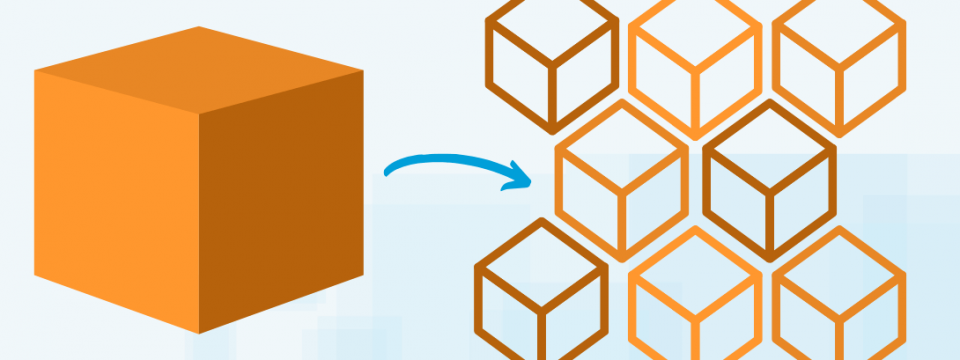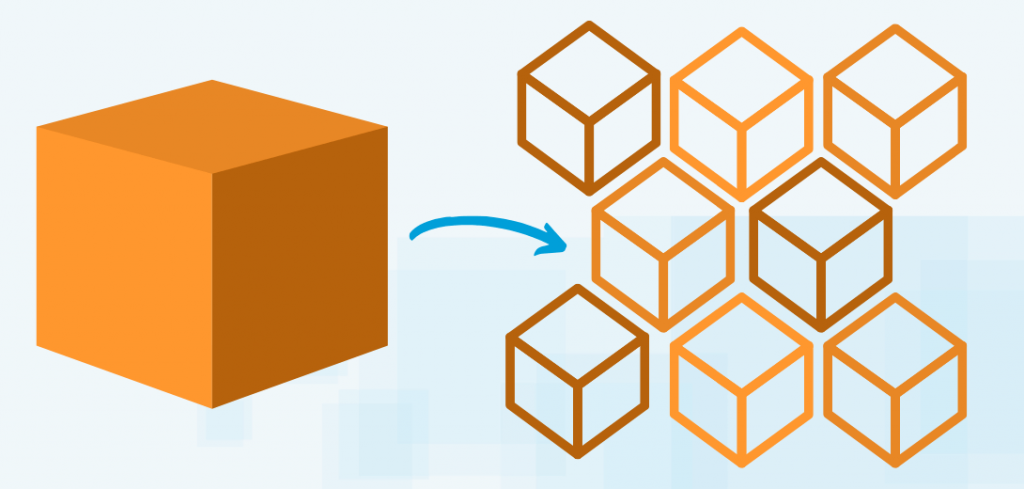Microservices are a new way to develop business applications for customers to use. The entire concept is built on incorporating the idea of modular components to build one big piece of software. The way that companies know what is working and what is not is via the three pillars of observability.
The concept of microservices is that it makes software that is more flexible and efficient. Each module works independently of the other, so technically if one has a problem, the others will still work. It is a topic that businesses are working with now to allow for better customer tracking when it comes to what they want.
Building blocks
One of the ways that each module maintains itself is that it has a different database than the others. They still communicate within the main application, though. It is a way that a company can bring out software that is needed for customer interactions, such as shopping, and still be able to add additional capabilities if the different teams hit a snag.
The main application is built and other teams get the other parts coded. It helps bring something that customers can see, which then allows for more features that will draw even more in. The costs are broken down and tracked in an easier method.
Logs
One of the pillars that come into play with microservices is logging. To track performance and issues, each block is able to have their own logs. That means when there is a problem, a person that works with the database of the block that is having an issue will just scan through those logs.
It means that an individual or a team is not having to deal with a massive program to find something, but a smaller more manageable one. Logs can also be generated to see the popularity of a particular module, so that it can be decided to keep it or remove it.
Metrics
Closely tied in with logging everything is the pillar of metrics. This brings the module into the world of business where people can see what the value is. It gives a number representation for how everything is going.
Breaking down the numbers means that the customers get what they want, without having to redo an entire piece of software. Metrics allow for the company to have the ability to know that a trend has died and move on. People within the company are able to make quick decisions with these metrics.
Tracing
The last pillar that is brought in is tracing. A company can follow the path of events or how a customer deals with their product. This is how Netflix works with their recommended movies or shows. It is an easier way to see how a program is used without having to follow through a monolithic application. It also allows for seeing where there could be problems within the module, such as latency issues or memory dumps.
Tracing customers or problems allow for a quicker response to problems and customer wants. It also allows for more study being done to know what can be done for more modules. If you’re thinking about implementing tracing and not sure where to start, there are plenty of companies and sites that would be a great place to start doing some research on what would work best for you.
Conclusion
Microservices may not be right for every company, but it has a proven path for working. It allows people to get what they want, with a minimal amount of problems or searching. With the three pillars, a company is able to track everything in a more individualistic manner. There are fewer problems with the whole, in this manner. A company can know, by breaking down the logs into metrics, where the numbers are good or bad. They can then trace where the good is shining and the bad is withering.

